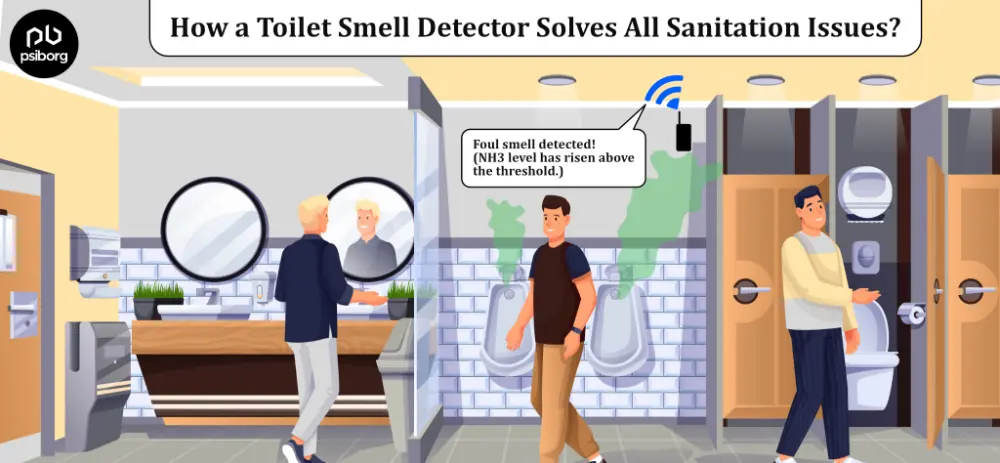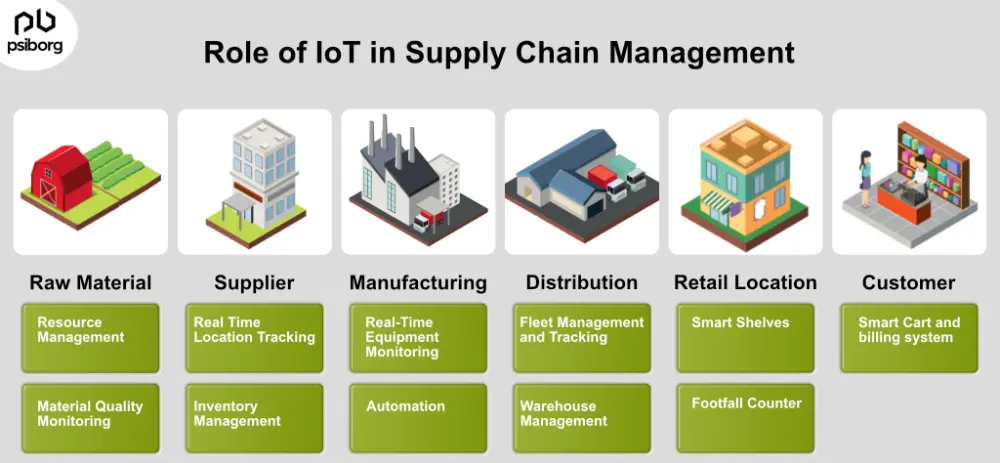The Internet of Things (IoT) refers to a system of interrelated, internet-connected objects that can collect and transfer data over a wireless network without human intervention. To interact with these IoT devices, Developing IoT application is important with a great User Interface, as all the hardware and software are controlled by the user with this IoT application.
According to a report by Marina research, an estimated $3 trillion is expected to be accrued IoT by 2025. This projection is a clear indicator of where online investment is headed to.
Now the next question that might be coming to your mind will be about the working of IoT.
IoT involves hardware and its firmware as well as cloud deployment and an application for users to talk with the running hardware and software.
Also read:- Firmware and software development in IoT
User Interacts with whole hardware and software using an interface which could be a mobile or web application. It serves the purpose of improving our ability to use the system to maximum potential by just touching user-friendly icons. So here we get a requirement for an application developer, to create a simple and robust application to function with the IoT system.
WHAT SHOULD BE CONSIDERED FOR IOT APP DEVELOPMENT?
For an IoT App Development, components and concepts can be broken down into the following categories:
- Hardware
- Data Capturing
- Data Transmit
- Data Filter
- Computation and Action
- Business Intelligence, Analytics, and Reporting
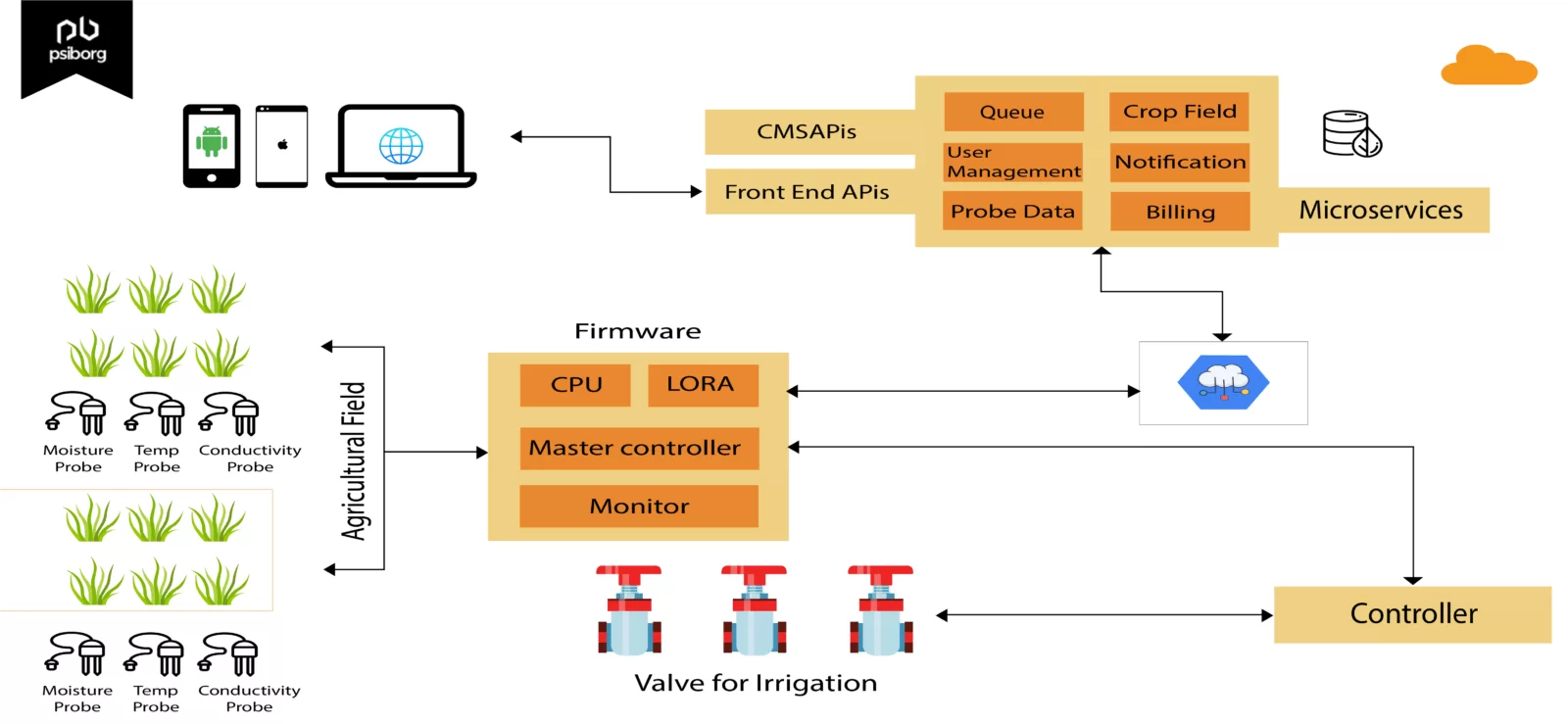
IOT HARDWARE
Hardware in IoT refers to smart devices, including smartphone-controlled coffee machines, Air- conditioners, Google Home and also physical elements containing sensors used for measuring physical characteristics such as weather conditions, temperature etc.
This data is then converted, and fed back to the connected device, over the internet usually.
Thus, the complete hardware for an IoT device can be categorized into the following components:
- Hardware (PCB)
- Firmware
- Edge Computing
- Sensors
DATA CAPTURING IN IOT APPLICATION
Capturing data is the first layer of IoT application architecture. An IoT system consists of sensors/devices which “talk” to the cloud through some connectivity.
Since an IoT device generates a massive amount of data, you need to decide what and how much data should be captured based on your business needs and requirements.
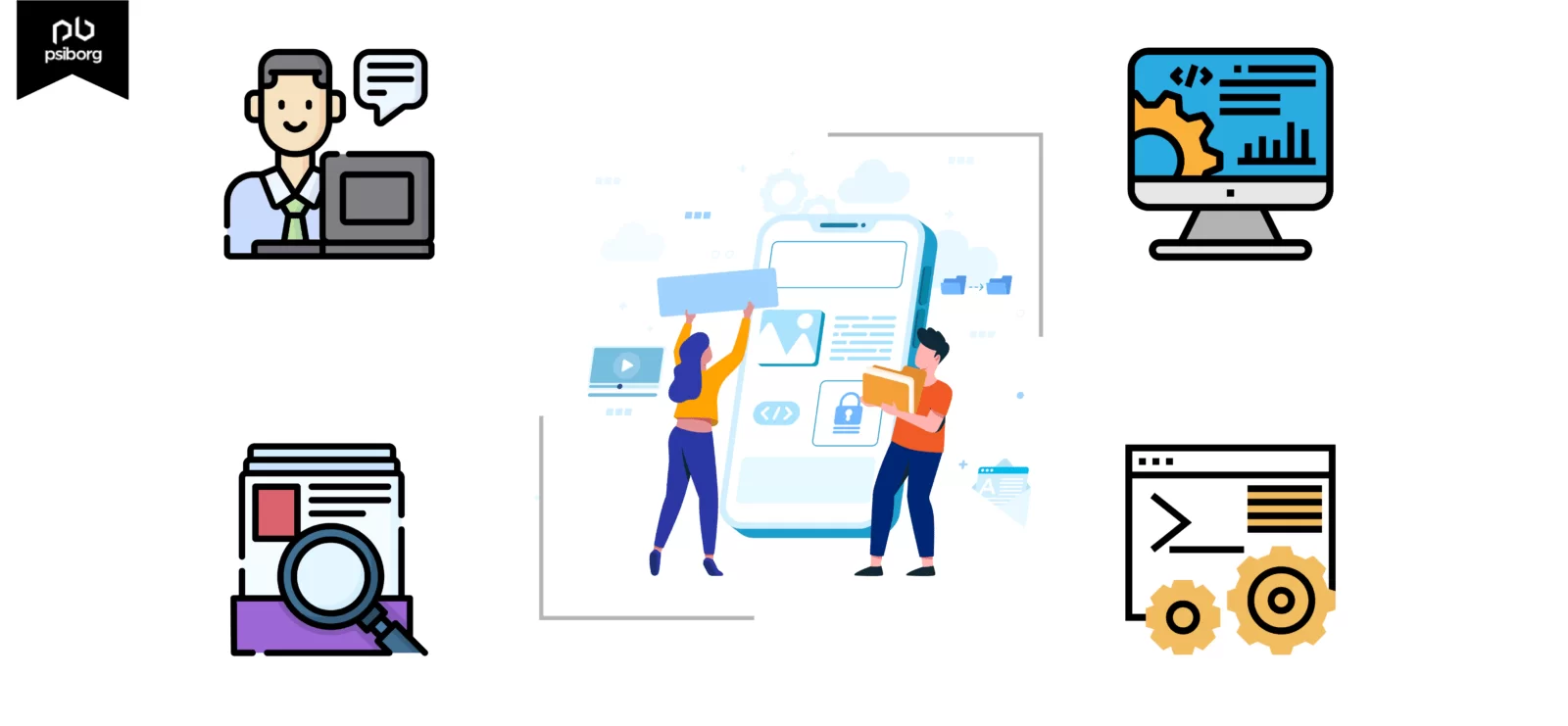
Data to be captured depends on the following scenario:
APPLICATION-SPECIFIC DATA CAPTURING
If you only require data specific to your IoT application, an application-specific data capturing strategy can be applied to the IoT device. IoT devices can then capture the required data and the IoT app can process the data for further insights and information.
EVENT-BASED DATA CAPTURING
Data generated from the sensors are defined as sensor events. Therefore, event-specific data capturing is done if you want to capture the data generated from the sensors embedded in your IoT device.
Sensor Events can be:
- Motion
- Activity
- Temperature
- Light
- Vision
- Sound
- Smell
If any of the above sensor events occur, the data is captured and used by the IoT application to take action corresponding to that information.
TIME-BASED DATA CAPTURING
Time-based data capturing is done when your IoT device needs to capture the data on a specific time basis. For example, there is no need to capture real-time soil moisture data from sensors installed within the agriculture field every time. You may need soil data daily instead of capturing it every second to make improvements. So, you can implement time-based data capturing if you need to gather the data based on a specific scheduled event.
USER-GENERATED EVENT DATA CAPTURING
User-generated Event Data Capturing can be done when the data needs to be captured if a user performs some event. For example, if you are developing an IoT device that should perform an action or gather data when the user touches the device or pushes the button. In this case, the data is collected based on the event generated by the user.
Once the data is captured, the next step is to identify how much data needs to be stored on the local buffer or cache.
DATA TRANSMIT IN IOT APPLICATION
Communicating essential physical parameter data and transmitting it via the internet is one of the essential tasks in the world of IoT.
Data captured by the IoT device requires a direction to be transferred, updated, managed, stored, acknowledged, or exported to other devices. These tasks can be done via suitable protocols.
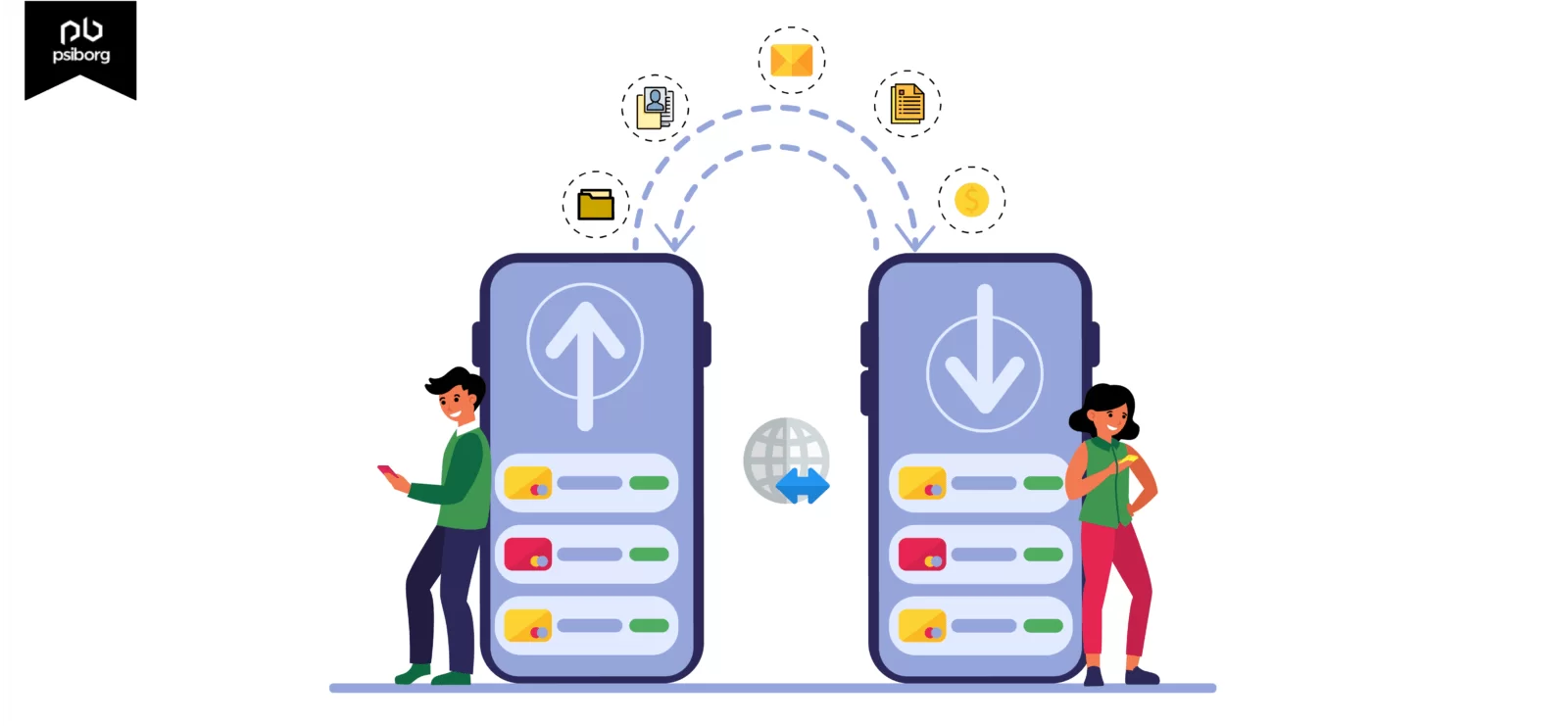
You need to select the right communication medium for your IoT device and protocols for data transmission between the devices and the user.
COMMUNICATION METHODS FOR DATA TRANSMISSION
- RFID (Radio-Frequency Identification System)
- LPWAN
- NFC (Near-Field Communication)
- WiFi
- GSM (Global System for Mobile Communications)
- Bluetooth
DATA FILTERING IN AN IOT APPLICATION
An IoT device generates an abundance of data that must be analyzed and examined. As more data is generated and moved faster, finding and analyzing the data seems harder. IoT data contains tremendous business value across various industries. However, with the influx of information comes the need to better filter out the data noise, false positives, and duplicates.
Data generated by IoT devices can be filtered out based on:
- Application
- Compliance
If you want to filter data specific to your IoT application, identify whether your application requires mission-critical data or sampling data.
For example, if a Satellite gets launched and moves into space and sends its data to users examining it on the ground. The data gathered by sensors equipped in a satellite is mission-critical and the loss of data can fail. Therefore, mission-critical data needs to be handled carefully in real time.
On the other hand
Sometimes, an IoT app needs to filter data while ensuring compliance and security.
For example, IoT-enabled cameras installed on the roads to analyze the speed of vehicles and spot accidents should capture the data irrespective of individual faces and identities. IoT devices should only feed the data that is required and useful for decision-making.
Suggested Reading: THINGS EVERYONE SHOULD KNOW ABOUT EMBEDDED SOFTWARE DEVELOPMENT.
COMPUTATION AND ACTION OF DATA COLLECTED BY THE IOT APPLICATION
The final step is to apply computation and action to the data generated from IoT devices. The computation process can be categorized into the following steps:
WORKFLOW EXECUTION
You need to define a workflow for the data captured by IoT devices. For example, if the temperature under which a product should be kept gets increased, users can receive a notification immediately. There should be a defined workflow for the IoT-enabled system so that actions could be taken efficiently.
MAINTENANCE
IoT devices require maintenance from time to time to meet the growing requirements. There should be some plan for maintaining the IoT sensors and devices. In case, IoT sensors stop sending the data to the cloud due to IoT application and the device stop working. As a result, it could obstruct some business operations and analysis. Therefore, an action plan should be created in a way that the owner should get a notification when IoT sensors stop sending the data so that maintenance could be done on time and before app users face any difficulty.
ANALYSIS AND ACTION
IoT devices and applications should be developed in a way that they should perform a specific action based on the data gathered through IoT sensors. For example, if temperature sensors send a notification about the reduction in the level of temperature, the smart air conditioner should automatically control the temperature level.
The data after computation and analysis could also be viewed on IoT Dashboard.
CONTROL, DEBUG, AND TROUBLESHOOT REMOTELY
While developing an IoT application, ensure whether your application should be able to control, debug, and troubleshoot devices remotely. Also, the firmware could be pushed into your hardware with the IoT Application itself. Nowadays, it is necessary to update the hardware remotely with the help of an IoT application, just like we get firmware updates on our smartphones.
Data capturing, Transferring, Storing, filtering and analysis are done using Cloud-Based platforms. Cloud-based platforms include features and Tech Stacks, used for Cloud integration services at a single interface.
Also, Read- Difference between web applications and website
WHAT IS MQTT IN IOT (INTERNET OF THINGS) USED FOR?
An MQTT broker is a server that receives all messages from the clients and then routes the messages to the appropriate destination clients. An MQTT client is any device (from a microcontroller up to a fully-fledged server) that runs an MQTT library and connects to an MQTT broker over a network. There are various advantages of using MQTT in the communication of IoT devices over other protocols. In an IoT application, the devices or sensors are typically clients. MQTT being lightweight and reliable is a huge plus.
Also Read: BUILDING AN IOT APPLICATION: WHAT TO CONSIDER?
At PsiBorg, an IoT solutions development company, We possess proficiency in IoT Mobile App development for various sectors. We are always looking for challenging projects to grow our skills and profound knowledge in application development. Our App development process is crafted in a well-researched, professional, and organized way to fulfil the needs of our clients and their boundless goals.



